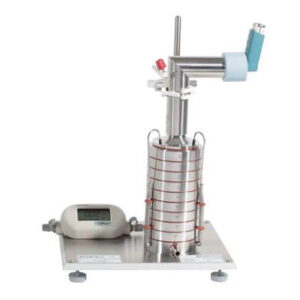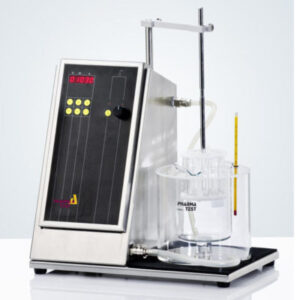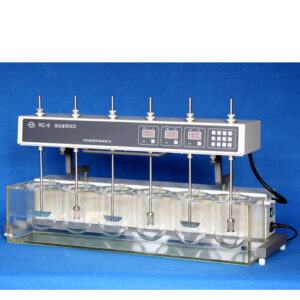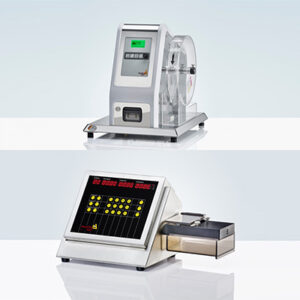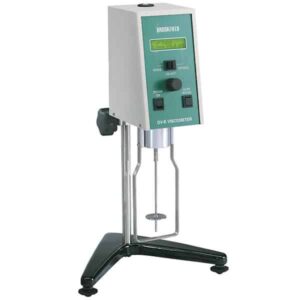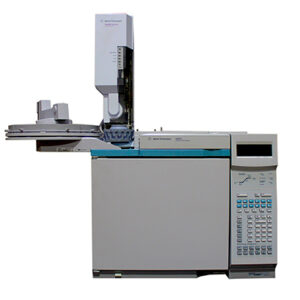Dosage Form Characterization
Aerosol particle size characterization
EGP2,100.00 / runThe aerodynamic characterization of all types of dosage form prepared for inhalation can be determined by the Anderson Cascade Impactor. It consists of a stack of eight plates, each containing a series of precision drilled holes, and a final filter stage. The diameter of the holes decreases progressively in each succeeding stage. Therefore, the jet velocity increases as a particle travels through the impactor. It’s used for prediction of drug amount deposited in different parts of the lung without an in vivo study. Moreover, this test is essential for bioequivalence comparison between generics and originators.
Measurement of disintegration profile
EGP0.00 / tabletMeasurement of disintegration profile
Disintegration test determines whether tablets, capsules, or granules disintegrate within the acceptance criteria stated by WHO and European references when placed in a liquid medium at the test experimental conditions.
Tablet Disintegration Tester PTZ-S, Pharmatest ®
- Fully USP and EP compliant
- 1 basket for 6 samples
- Stroke Frequency:30 strokes / minute
- Temperature Adjustment: Set to 37 °C .
Measurement of Dissolution Profile
EGP300.00 – EGP700.00Dissolution is a test used to characterize drug release profile from a dosage form under specific conditions. A dissolution test simulates the in vivo conditions and allows a rough prediction of the drug’s complete release time out of its dosage form.
Measurement of hardness & friability
EGP0.00 / testMeasurement of hardness & friability
Tablet hardness (breakability) & friability are basic quality control physical tests harmonized among all the official references (Unites States Pharmacopeia, European Pharmacopeia, British Pharmacopeia, etc.).
Hardness and friability measure the ability of solid dosage form to withstand mechanical shock and aberration during manufacturing packing and transportation processes.
Hardness tester PTB 111 , Pharmatest ®
- Fully USP and EP compliant
- Dual force mode instrument with linear speed increase and linear force increase modes.
- Hardness Testing Range: 5.0 – 300.0 N ± 2 N
- Hardness Accuracy: Better than ±1 N
- Measuring Units: Newton (N), Kilopound (kp) and Strong Cobb (Sc).
Tablet Friability Tester PTF 10E, Pharmatest ®
- 1 friability drum made from Plexiglas in compliance with the USP, EP and DAB pharmacopoeia
- LED display informing of adjusted rotation speed and operating time (or number of revolutions)
- Programmable number of drum revolutions or rotating time.
- Setting number of revolutions: 1 to 9999
- Setting rotation timer:1 to 9999 seconds
- Drum rotation speed: Fixed to 25 rpm, Accuracy ±1 rpm
Measurement of viscosity
EGP150.00Viscosity measurement is key to several laboratory and industrial applications such as food, agriculture, painting and pharmaceutical industries. To perform its intended task, a product should have a certain viscosity and a change in this viscosity can indicate deterioration of the product.
Residual solvents analysis
EGP0.00 / runWhat are “residual solvents”?
Residual solvents in pharmaceuticals are defined as organic volatile chemicals that are used or produced in the manufacture of drug substances or excipients, or in the preparation of drug products. Because residual solvents do not provide therapeutic benefit and can be harmful or toxic in some cases, they should be removed to the best extent possible, to meet ingredient and product specifications.
Types of residual solvents?
Residual solvents are classified according to USP based on risk assessment into 3 classes:
Class 1: Solvents to be avoided
- Strongly suspected human carcinogens or Environmental hazards.
- Examples: Benzene, Dichloroethene, Carbon tetrachloride.
Class 2: Solvents to be limited
- Nongenotoxic animal carcinogens or possible causative agents of other irreversible toxicity, such as neurotoxicity or teratogenicity.
- Examples: Acetonitrile, Chloroform, Methanol, Pyridine, Tetrahydrofuran, Toluene
Class 3: Solvents with low toxic potential
- Solvents have permitted daily exposure (PDE)s of 50 mg or more per day
- Acetic acid, Ethanol, Ethyl acetate, Ethyl ether, Formic acid
Procedure of measurement
- Using GC-FID method for residual solvent analysis

